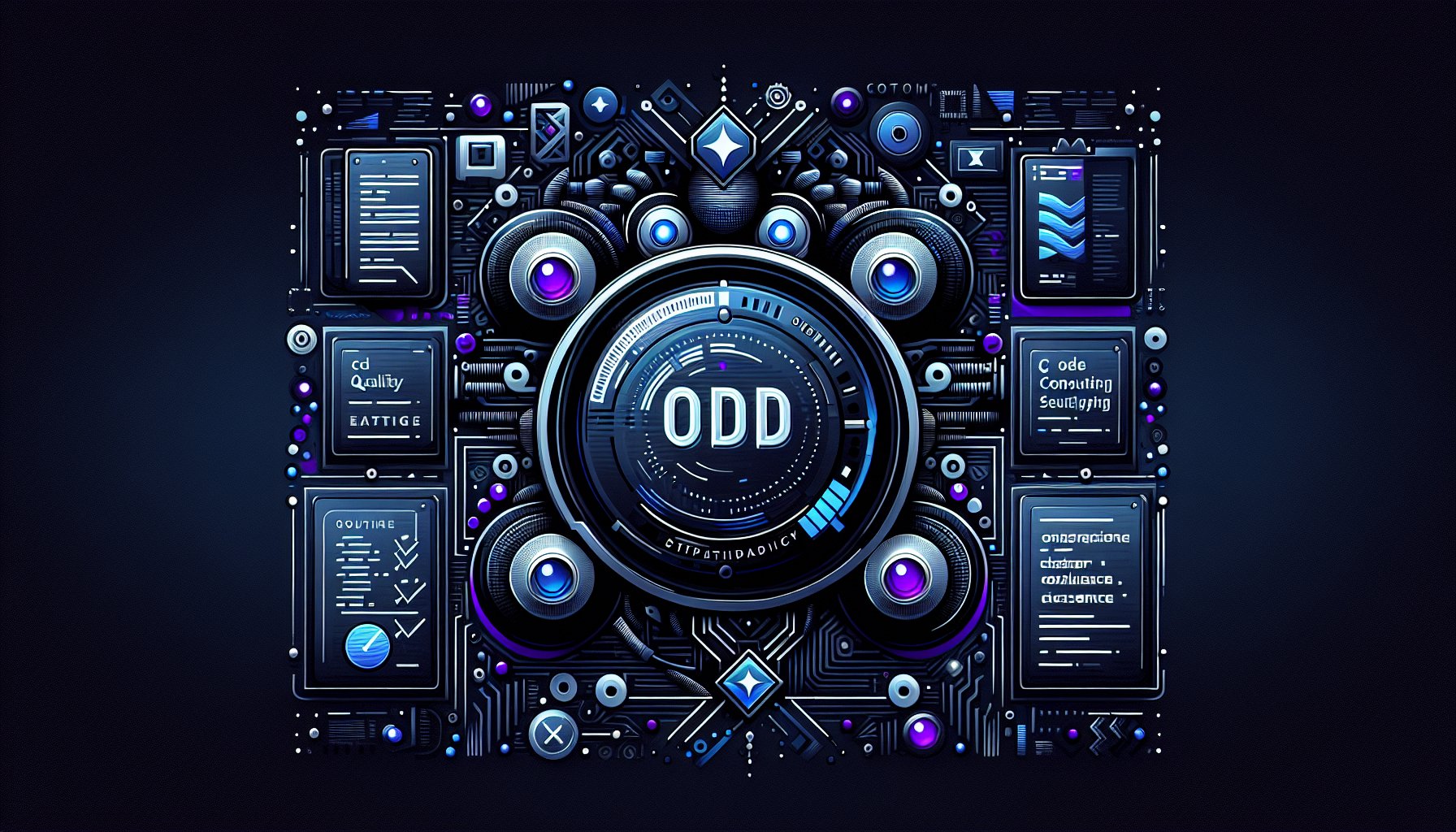Introduction
As we navigate the landscape of IT development in 2025, one thing remains constant – the importance of code quality. Amid the rapid evolution of programming languages, software development methodologies, and deployment technologies, maintaining superior code quality is more critical than ever. It ensures sustainability, scalability, and reliability of software solutions, providing a solid foundation for any technology-driven business.
Modern Code Quality Metrics
As our industry evolves, so too must our metrics for measuring code quality. Traditional metrics, such as Lines of Code (LoC) and Cyclomatic Complexity, are now supplemented with modern metrics focusing on maintainability, readability, and efficiency. Tools like SonarQube and CodeClimate provide comprehensive metrics that allow teams to keep track of technical debt and code smells, ensuring continuous improvement of code quality.
Example: CodeClimate Quality Metrics
/* Example of CodeClimate configuration file */
version: "2"
checks:
complexity-ruby:
enabled: true
config:
threshold: 5
duplication:
enabled: true
config:
languages: ["ruby"]
Automated Testing and Continuous Integration
Automated testing and Continuous Integration (CI) have become the norm in modern software development. Automated tests provide a safety net, ensuring that code changes don't introduce new bugs. CI, powered by platforms like Jenkins and CircleCI, helps maintain code quality by running these tests automatically whenever new code is pushed to the repository.
Example: CircleCI Configuration for Automated Testing
/* Example of CircleCI configuration file */
version: 2.1
jobs:
build:
docker:
- image: circleci/ruby:2.6.3
steps:
- checkout
- run:
name: Run Tests
command: bundle exec rspec
Static Code Analysis and Linting
Static code analysis tools, like ESLint for JavaScript or Rubocop for Ruby, help developers catch potential issues before they become problems. They analyze code for common patterns that could lead to bugs, and ensure adherence to coding standards and best practices.
Example: ESLint Configuration for JavaScript
/* Example of ESLint configuration file */
{
"env": {
"es6": true,
"node": true
},
"extends": "eslint:recommended",
"rules": {
"no-console": "off"
}
}
Code Reviews
Code reviews are an essential practice for maintaining high code quality. They provide a platform for knowledge sharing, and allow developers to learn from each other's mistakes and successes. Modern tools like GitHub and GitLab provide built-in features for code reviews, making it easier than ever to incorporate this practice into your development workflow.
Conclusion
As we move forward in the era of rapid technological advancement, maintaining high-quality code is an essential practice for any successful software development project. By leveraging modern metrics, automated testing and CI, static code analysis, and code reviews, we can ensure the creation of robust, maintainable, and efficient software systems. The future of code quality is here, and it's more exciting than ever.
